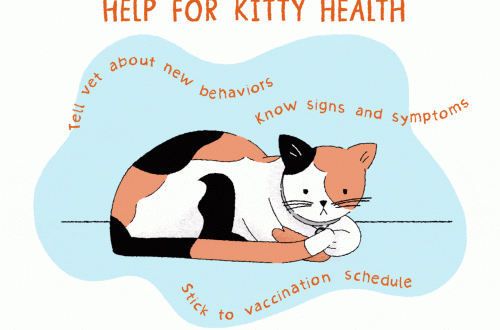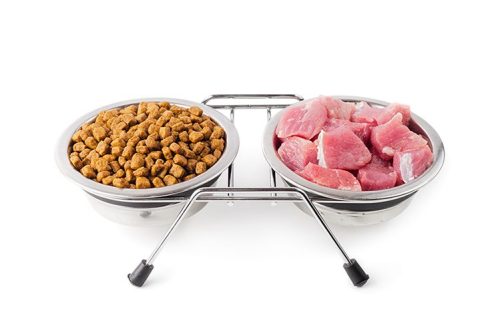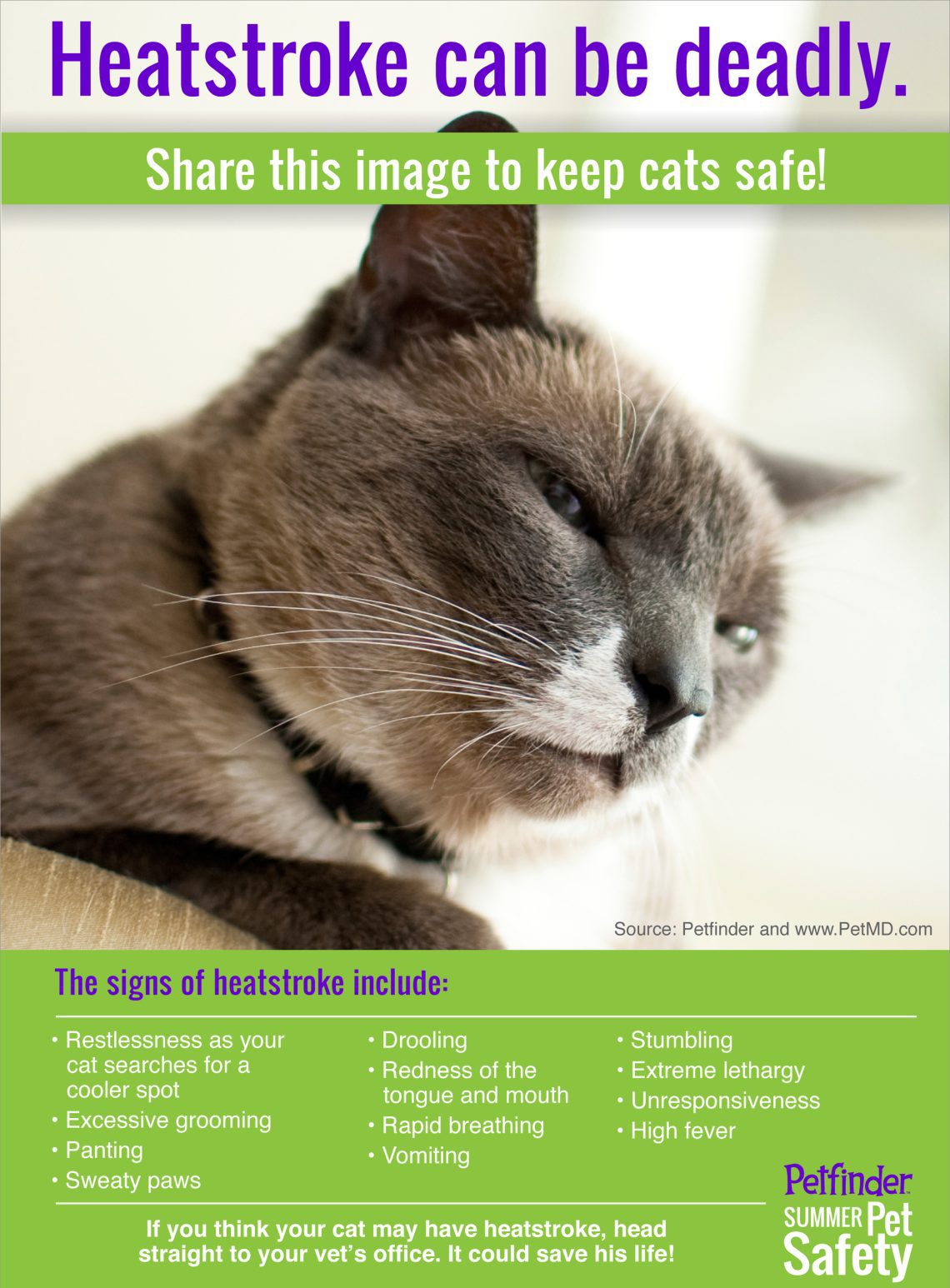
Help for a cat with heat and heat stroke
Do you live in a region with hot summers and have a pet? If you don’t have an air conditioner, then you are probably worried that your cat will get heatstroke. You probably have a lot of questions swarming in your head: what can happen during the day while you are not at home? Will your furry beauty sweat – or suffer? Is she hot?
Luckily, there are a few things you can do on your own to keep the house cool enough for your pet.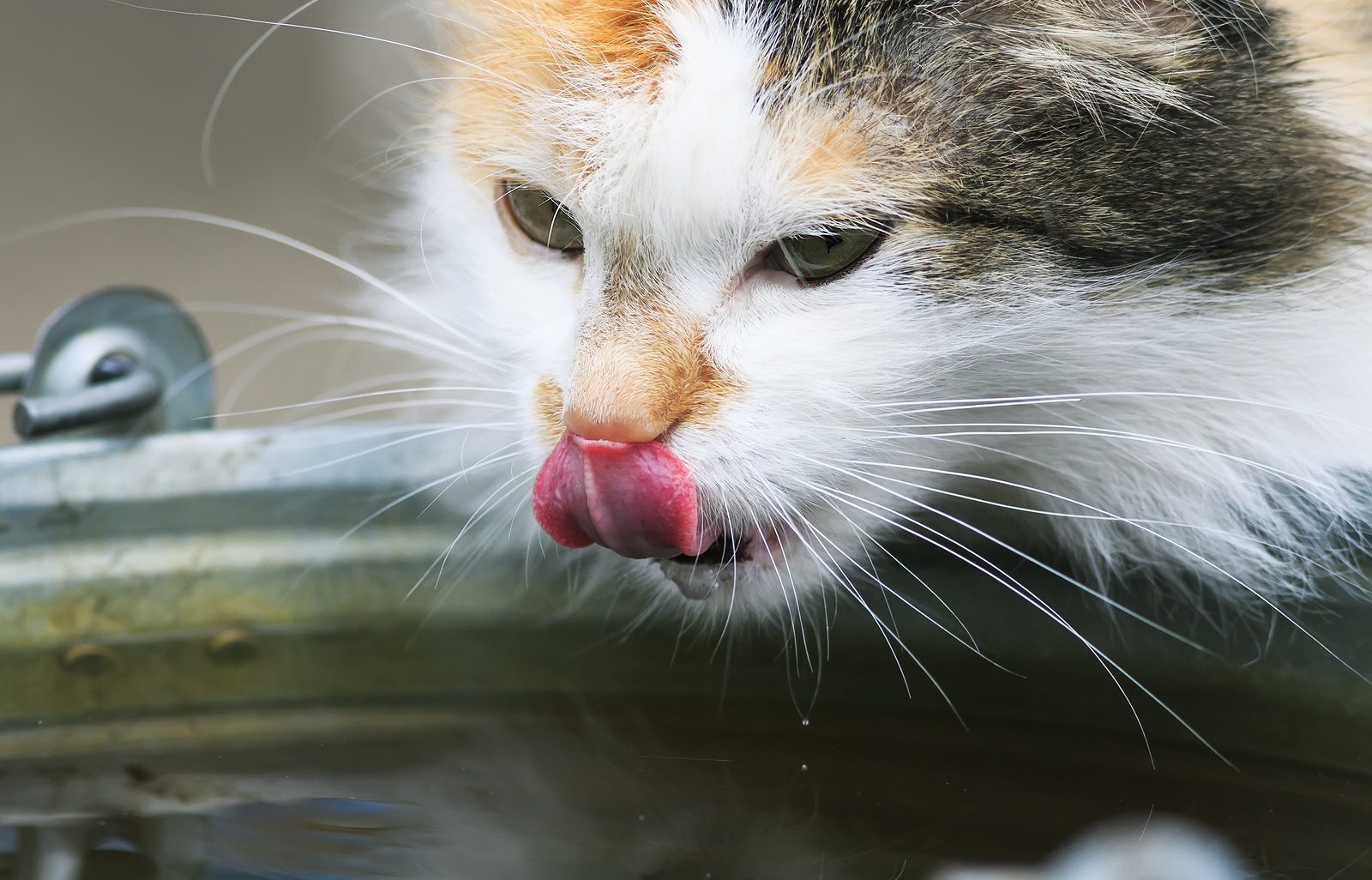
Hot City: Summer for the Cat
How do pets handle heat? When temperatures start to rise, your cat may be more comfortable than you think. According to The Washington Post, the average body temperature in cats is around 39 degrees Celsius. In addition, since their ancestors originally lived in the desert, they learned to get most of the moisture they need from food.
However, this does not mean that the animal will be safe and comfortable locked up in a warm house. Do cats sweat? Yes, but much, much less than humans. Instead, your furry pet needs to constantly give off passive heat. To do this, she lies on cool surfaces, breathes often, drinks cool water and licks herself frequently.
Make sure your cat is comfortable. To do this, you need to do a few simple things:
- Water is everywhere. Since water evaporates faster in summer and your cat may be prone to walking around the house, we recommend that you place several bowls of cool water throughout the apartment. If your house has several floors, water bowls should be on each floor. Place them under a chair or away from sunlight and cat food for a more attractive look. You can even put empty bowls in the freezer overnight and refill them in the morning to keep the water cool longer.
- Homemade ice pack. Put a homemade ice pack in a place where your pet likes to relax. If she gets too hot, a frozen water bottle wrapped in a towel can be a good cuddling nap buddy (remember to put it back in the freezer when you get home). Never leave your cat alone with commercially recovered ice packs, as the chemicals they contain can be dangerous if they burst or leak.
- Close the curtains. By darkening a few rooms, you will limit the amount of sunlight and heat entering your home. Your cat will be grateful for the shade, and you won’t be overwhelmed by stuffiness when you return in the evening.
- Leave the fan on. One or two small fans in the right places will circulate the air and keep your pet relatively cool. You can use a fan timer if you don’t want it to run all day.
- Make her a cool shelter. Animals love to cool off under furniture, so you can raise your bed by using coasters to give your cat enough room to sleep and rest comfortably. In addition, covering the kitchen table with a tablecloth can create a great hiding place for your pet under it with a cool tile or wood floor.
Close the curtains.
Cats need water and fresh air to keep warm, but bigger isn’t always better. Make sure your client does not have access to large water containers or pools. Never leave a full tub or large buckets of water for your cat, as they may drown. If you have a pool, make sure the animal does not have access to it when you are away.
Also, never leave windows wide open. Cats can push out a mosquito net and fall from a height, or a heavy window can suddenly close and crush them, so never leave low or heavy windows open while you’re away. But still, you should leave at least one window ajar, which your pet cannot reach, in order to provide fresh air. You can also fix the window sash or block a small open window with a fan – this way the air will circulate, and you can be sure that the cat will not suffer anything like that.
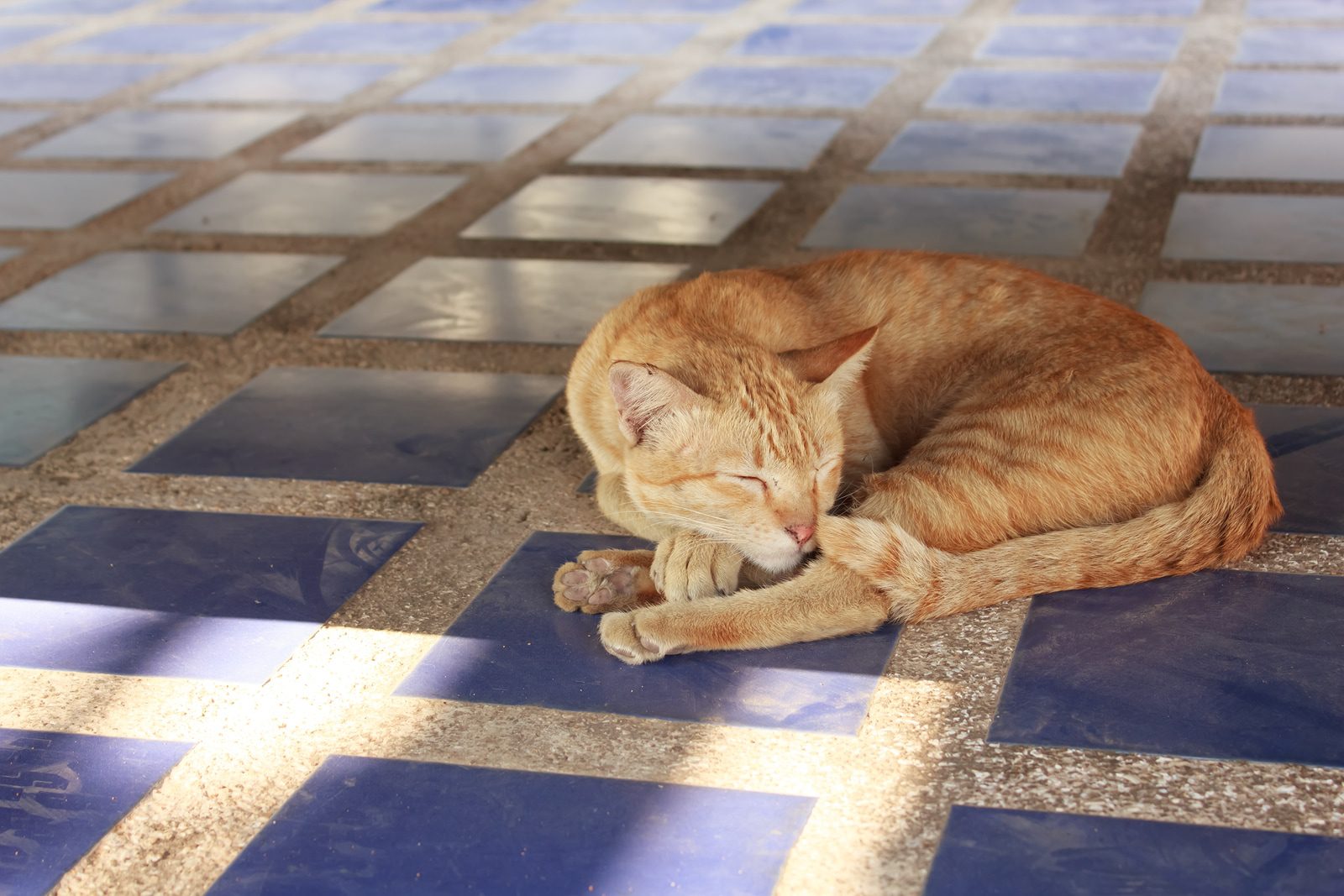
Heat Stroke in Cats: Warning Signs
Even if you’ve done everything you can to keep your cat warm, heatstroke is still a possibility. However, it occurs more frequently in some breeds than in others. Because Persians and other flat-faced cats can’t breathe as well as other breeds, Persians and other flat-faced cats have a harder time naturally cooling their bodies and are more prone to heat stroke, according to Preventive Vet.
The American Society for the Prevention of Cruelty to Animals (ASPCA) recommends keeping a close eye on cats with very flat faces, as well as older or obese animals, or those with lung or heart problems, for signs of heat stroke. If your pet falls into any of these categories and you are trying to keep her from overheating without air conditioning, be sure to check with your veterinarian on the best way to do this. The most important thing is to act proactively and be attentive when the thermometer creeps up in order to immediately notice the slightest signs of heat stroke and eliminate them.



